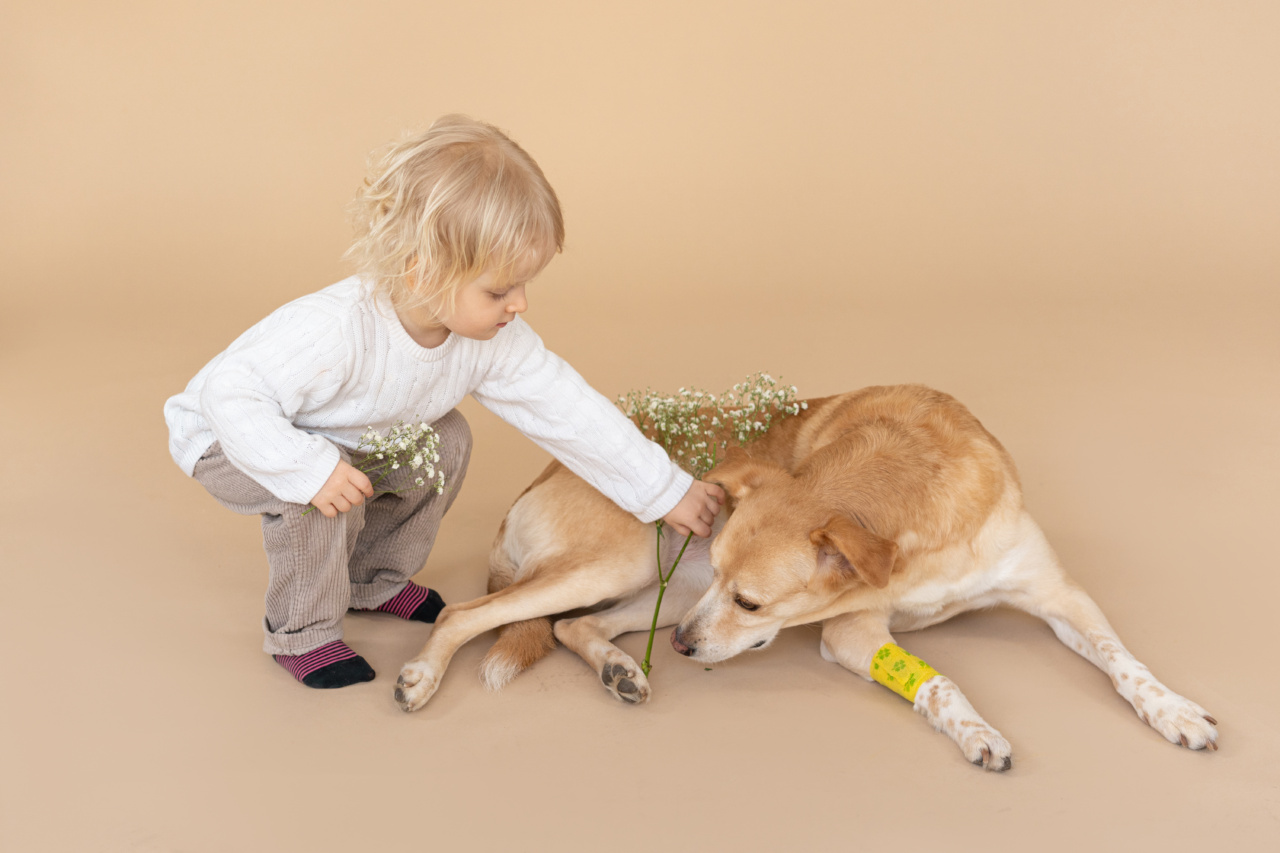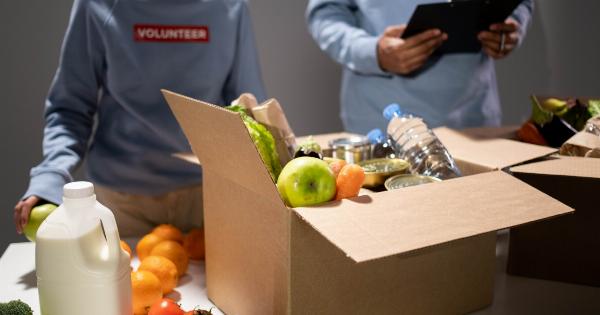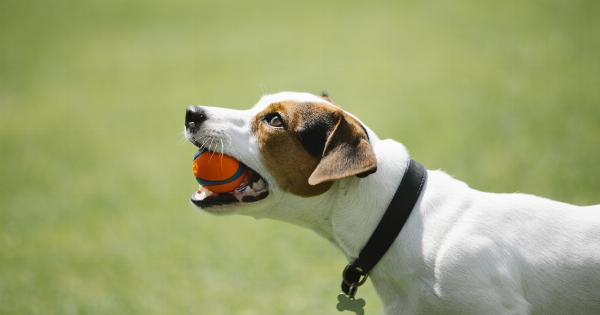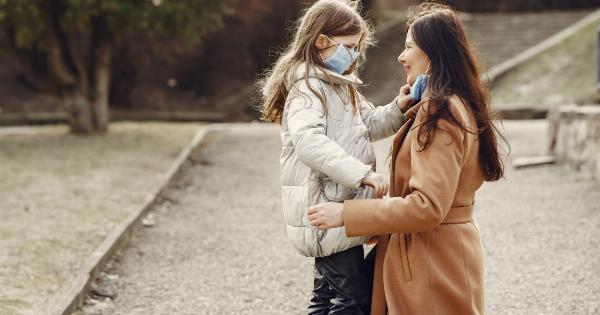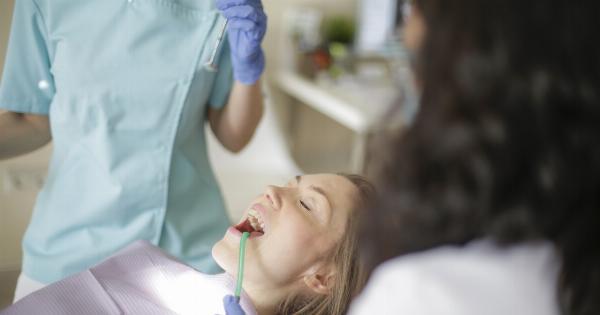Dogs are wonderful creatures that provide companionship, protection, and love to their owners. They are also great playmates for children, but it is important to create a peaceful friendship between your child and the dog.
Here are ten ways you can make sure they have a peaceful relationship:.
1. Socialize the dog
Socialization is key to a dog’s behavior around people, new surroundings, and other dogs.
By socializing your dog, you are helping him to develop confidence and good manners, which is crucial if you want your child to have a peaceful relationship with the dog. Introduce your dog to children and let him get used to being handled and hugged.
2. Supervision is a must
Always supervise your child and the dog when they are together. Accidents can happen, and they can occur quickly. Kids can sometimes pull tails, take their toys away, or irritate dogs even when they are just trying to play.
So, ensure a calm atmosphere and keep a watchful eye.
3. Set rules and boundaries
Teach your child to respect the dog’s personal space and set a few ground rules. For example, let the child know that he cannot climb on the dog’s back, pull his fur, or pick him up without supervision or permission from an adult.
4. Teach children to be gentle when handling the dog
Teach your child to be gentle when playing with the dog. For instance, show them how to throw toys gently without hitting the dog with it. Also, check any biting or pinching tendencies by your child. Explain to them that it is wrong and can harm the dog.
5. Train the dog
Training your dog properly is an essential step in ensuring a peaceful relationship between your child and the dog. Train your dog to respond to commands like sit, stay, come, and leave it.
This will help your dog to understand what is expected from him and behave calmly around children.
6. Provide a safe sleeping area for the dog
Provide a safe sleeping area for your dog away from your child’s room or a place where your child is playing. Dogs need their rest, so puppy-proof the sleeping area and make sure that it is not disturbed by children or other pets.
7. Play with the dog and the child together
Play with the dog and the child together to encourage bonding between them. Choose gentle games like fetch or hide-and-seek and supervise the play to keep it calm and safe for the child and the dog.
8. Teach your child how to read the dog’s body language
Teach your child how to read the dog’s body language. This will enable your child to understand and interpret the dog’s actions and feelings.
Putting your hand out, tail up or growling can be some of the signs that your dog is not comfortable with the situation. By keeping an eye on the dog, you can anticipate its behavior to avoid further issues.
9. Keep the dog healthy and hygienic
The health and hygiene of the dog is just as important as any relationship building. Regular grooming can keep the dog’s coat clean and shiny, and also free of fleas or ticks.
Dental hygiene, ear checks, and regular vet visits help to keep the dog free of harm or diseases that can hamper its health or behavior.
10. Give the dog a break
Even though it is important to create a bond between your child and the dog, it is also important to give the dog a break. Dogs need alone time, so allow him some space to retreat when he needs it.
Moreover, if the dog has had enough playtime, let it be and don’t push it further. Extensive physical exercise can sometimes affect your dog’s behavior negatively.
